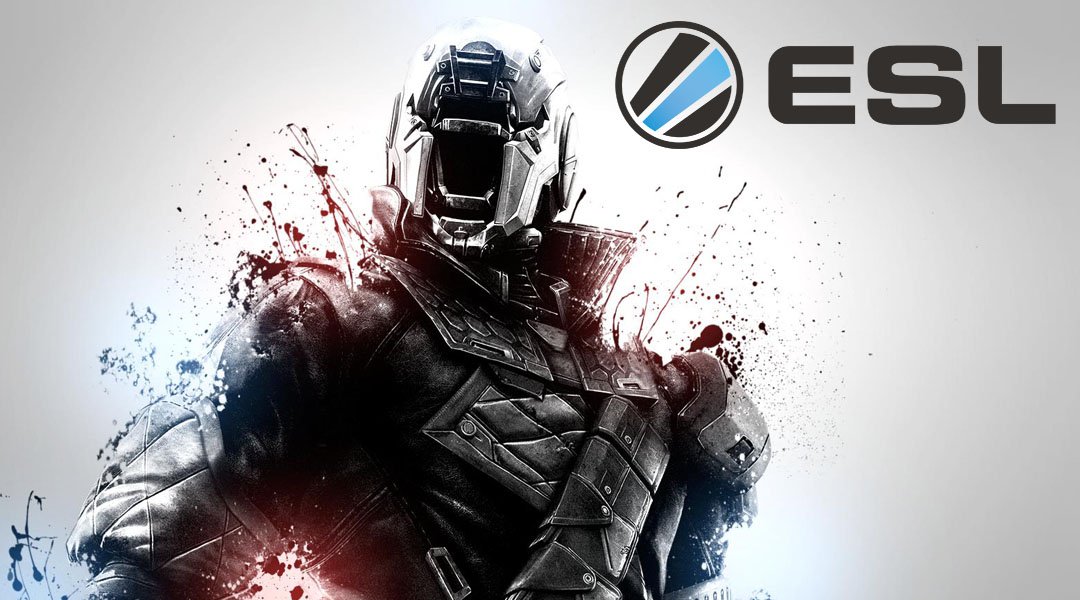
Destiny eSports Rules Officially Released by ESL
By Weston Albert 06 January 2017
Ahead of its first Destiny tournament, the ESL eSports league establishes competitive rules for Destiny, becoming the first official major gaming league to do so.
Update:
After this story was posted, many Destiny fans noted that the rules used by ESL are identical to those used by Destiny’s competitive “sweats” community. ESL tweeted today, clarifying that its rule set did indeed come from the fans, and specifically credited FarCognitions and his PvPLegends team.
We'd like to clarify that all credit for our rule set goes to @FarCognitions and his team. pic.twitter.com/9x881q68vV
— ESLDestiny (@ESLDestiny) January 6, 2017
Original Story:
It’s no secret that eSports are becoming increasingly popular, even including mainstream coverage. Games like League of Legends and StarCraft II have long held a long place in the eSports scene, with games like Overwatch and Halo taking major leaps to find a place in eSports competition. One game that has been tricky to integrate into eSports is Destiny. Despite the game’s popularity, a looter-shooter like Destiny can have a hard time finding success in eSports due to its high variation of gear, RNG-based weapons, and variations of subclasses.
However, for Destiny’s first debut on the competitive scene with ESL, the eSports league has established its rules for Destiny. While hardcore players have formed “sweats” communities and created their own rule sets for balancing Destiny for competitive play, this is the first time that an official eSports league has codified rules for Bungie’s shooter. In fact, many of the rules being used by ESL are virtually identical to those used in these competitive fan communities.
Tournament play with ESL will rotate game modes including Clash, Zone Control, and Supremacy in a single elimination bracket. ESL is ditching Destiny’s traditional 3v3 fireteam setup and going with a traditional 4v4 team setup similar to most eSports shooter tournaments. Being able to have a tournament structure like this is no doubt thanks to Destiny’s private matches, which were added with the Rise of Iron expansion.
ESL also will not allow duplicate subclasses on one team, and the league has also banned the use of exotic armor and class specific weapons like Stillpiercer. Tournament players will also not be allowed to pick up heavy ammo, which technically could be “waved” off at the start of each match.

Interestingly, ESL has also set up an armor rating system that evaluates players’ armor and has set a rule that the armor stat may not exceed 7. This is in order to avoid tanky builds that can give players more HP, and the rule should give all players the standard HP in PvP, which usually lands right around 200.
The Bladedancer’s perk Backstab is also banned, which can allow for one-hit melee kills when striking from behind a target (although sometimes that perk is buggy and can activate from the front). ESL has also banned all of the Rise of Iron artifacts, which grant special perks, all except for the Memory of Jolder that gets rid of the sprint cooldown. ESL has also banned armor pieces with the Special Weapon Ammo perk, shotguns with the “Crowd Control” and “Kneepads” perks, and any weapon with “Luck in the Chamber.”
While ESL has banned all exotic armor, most exotic weapons are allowed. Here is the list of the banned exotics:
- Hawkmoon
- No Land Beyond
- Universal Remote
- Invective
- Ice Breaker
- Queenbreaker’s Bow
The rules are set up clearly to increase the time to kill and eliminate weapons and perks that can lead to quick, one-shot kills. It will be interesting to watch Destiny’s first foray into the competitive scene. Read ESL’s full rules for Destiny here. For those wanting to watch ESL’s Destiny tournament, it will be held Sunday January 8th at 6:00 p.m. Pacific, and can be watched on ESL’s Twitch channel.
What do you think of these eSports rules for Destiny? Let us know in the comments.
Destiny: Rise of Iron is out now on PS4 and Xbox One.
